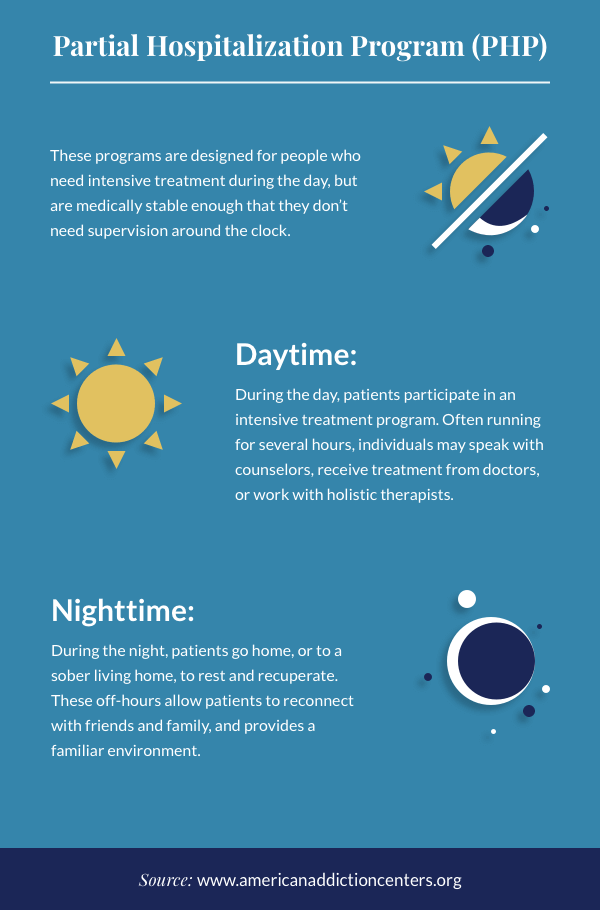Prior to you keep reading, we believed you http://damiendolh944.raidersfanteamshop.com/who-can-provide-outpatient-addiction-treatment-things-to-know-before-you-get-this might like to download our 3 Positive CBT Exercises free of charge. These science-based workouts will provide you with a comprehensive insight into Favorable CBT and will offer you the tools to apply it in your therapy or coaching. You can download the complimentary PDF.
A treatment strategy will include the client or client's individual details, the diagnosis (or medical diagnoses, as is often the case with mental disorder), a basic overview of the treatment recommended, and space to determine results as the client advances through treatment. A treatment plan does lots of things, the most essential of that include: Defining the issue or condition Explaining the treatment recommended by the health/mental health professional Setting a timeline for treatment development( whether it's an unclear timeline or includes specific milestones) Recognizing the major treatment objectives Keeping in mind essential milestones and goals This documents of the most important parts of treatment assists the therapist and customer remain on the very same page, offers a chance for conversation of the treatment as prepared, and can serve as a suggestion and motivational tool. While individuals in similar circumstances with comparable concerns may have comparable treatment strategies, it is essential to understand that each treatment strategy is distinct. There are frequently many various methods to treat the very same issue often there are lots of different paths that treatment could take! No 2 treatment strategies will be precisely the same, since no 2 people's experiences are exactly the very same. As noted previously, all treatment strategies are various they are unique products of the discussions in between a therapist and customer, the therapist's medical understanding, and the client's shared experience. Even in identical diagnoses in similar people, differences are bound to manifest in any or all of the following components: History and Demographics client's psychosocial history, history of the signs, any previous treatment info Assessment/Diagnosis the therapist or clinician's medical diagnosis of the customer's psychological health problems, and any previous diagnoses will likewise be kept in mind Presenting Issues the problems or signs that at first brought the client in Treatment Contract the contract between the therapist and client that sums up the goals of treatment Duty an area on who is accountable for which elements of treatment (client will be accountable for numerous, the therapist for others )Strengths the strengths and resources the customer gives treatment( can consist of household assistance, character strengths, material assistance, and so on) Treatment Goals the" foundation" of the strategy, which need to be specific, realistic, customized for the client, and quantifiable Goals goals are the larger, more broad results the therapist and customer are working for, while several objectives comprise each objective; they are check my source small, attainable actions that make up a goal Technique, Frequency, and Targets different modalities are frequently used to different objectives, needing a plan that pairs methods, a frequency of sessions, expected conclusion date, and so on, with the particular objective Interventions the methods, exercises, interventions, and so on, that will be used in order to pursue each goal Progress/Outcomes a great treatment strategy should consist of area for tracking development towards objectives and goals( Great Treatment, 2016) The therapist and client will collaborate to get this information down on paper, with the therapist contributing his/her knowledge in treatments and treatment outcomes, and the client contributing know-how in his or her own life and experiences. These advantages consist of: Treatment plans provide a guide to treatment for both the therapist and customer. Treatment strategies can reduce the threat of scams, waste, abuse, and the prospective to trigger unintentional damage to clients. Treatment strategies help with simple and efficient billing because all services rendered are recorded. Treatment strategies can help smooth any possible bumps in treatment, particularly if a customer needs a kind of treatment the main therapist can not supply( e.g., a certain kind of intervention or a prescription for medication) or should see a brand-new therapist for some other factor (e.g., if the customer or therapist has moved, or the therapist is on extended leave, Great Therapy, 2016). Treatment strategies are not necessarily needed to offer or get effective treatment, however they can be delray beach fl rehabilitation center extremely handy in helping with a smooth and hassle-free treatment experience. Goals and goals will vary enormously from one individual to the next, particularly those facing really different problems. If you or your client is committed to change but isn't rather sure where to begin, this link of prospective objectives can spark a beneficial discussion about where to go from here. For example, a typical goal for those having a hard time with drug abuse might be to give up utilizing their drug of option or alcohol, while a client fighting with anxiety might set a goal to decrease their suicidal ideas. In general, these goals need to be.


sensible they need to be sensible, given the customer's basic experience and wishes for the future (what is holistic treatment for drug addiction). For example, an objective for an individual with extreme stress and anxiety might be to take 10 steps outside their front door. The next objective may be to make it to the neighborhood market, or as much as 30 steps outside their front door. Fulfilling each goal will eventually lead you to meet the goal.